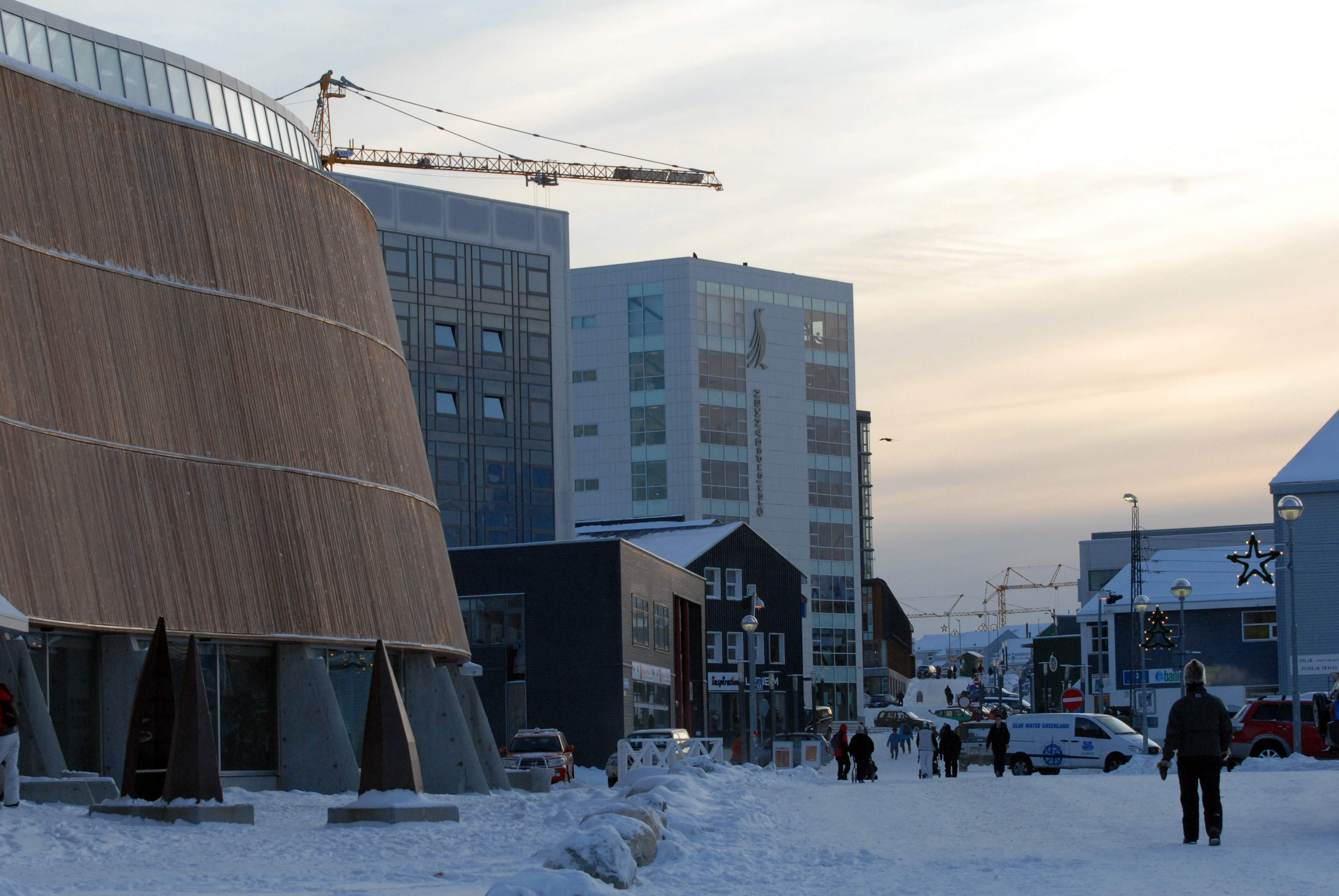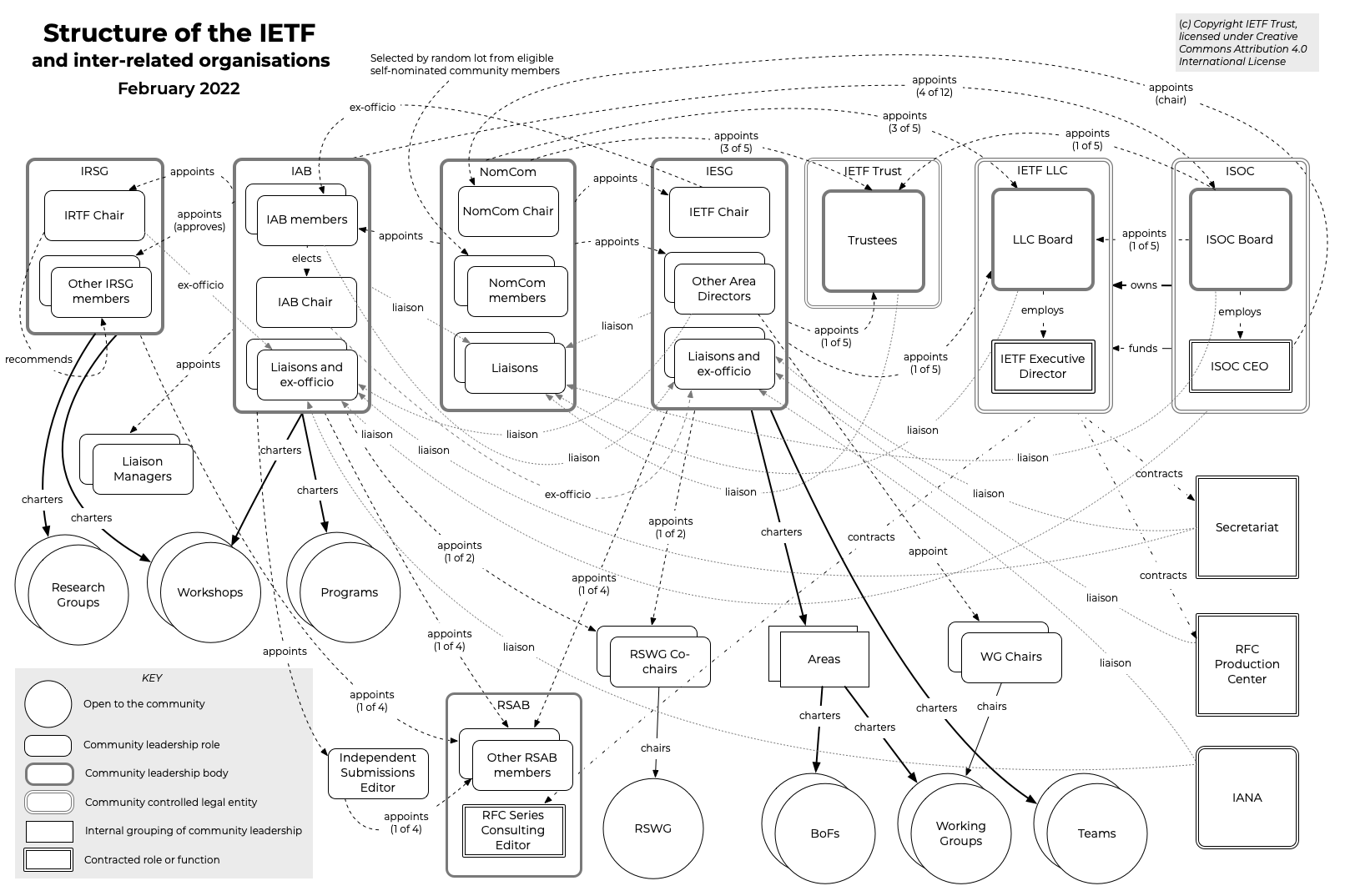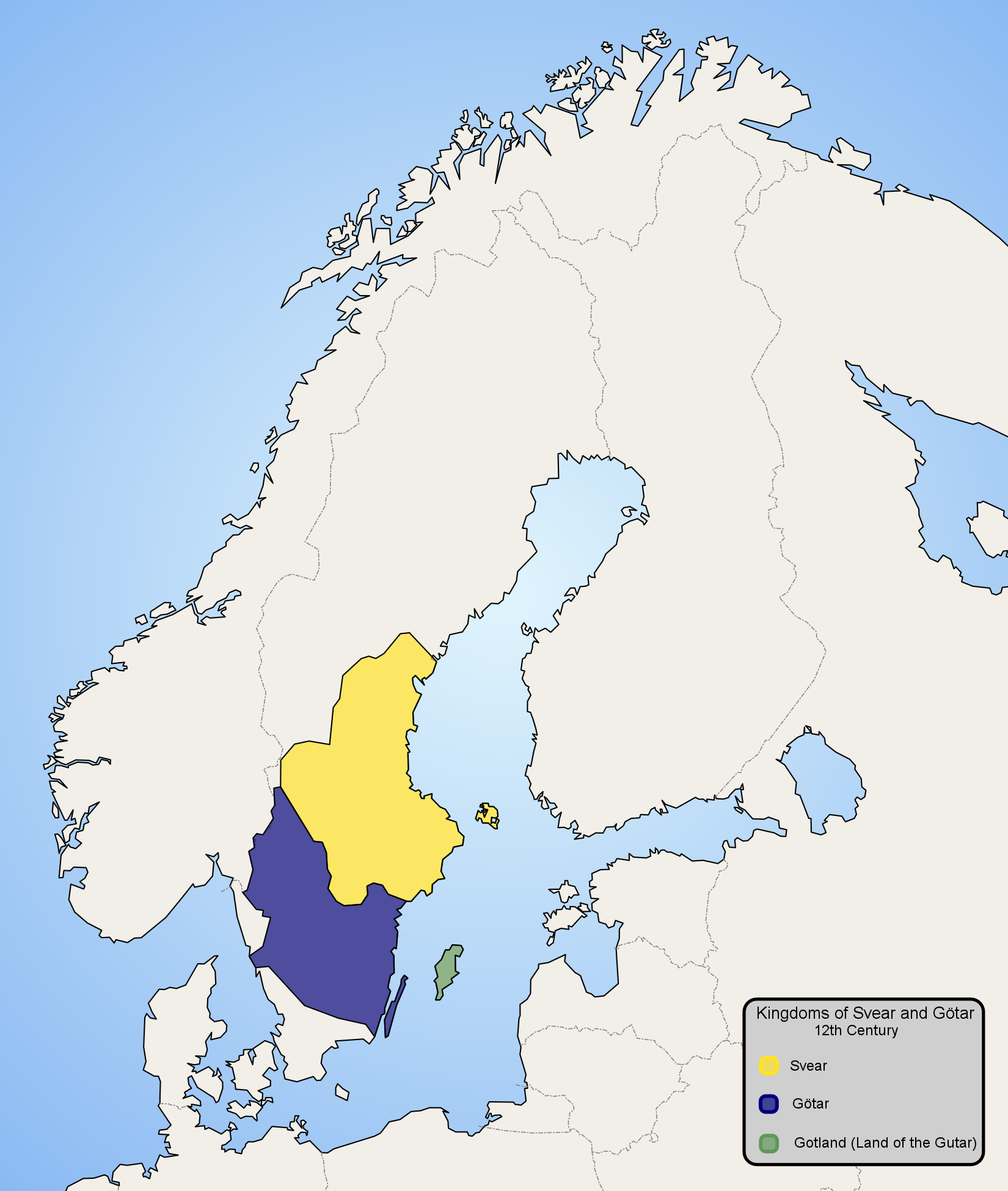|
Bornholmsk Dialect
Bornholmsk is an East Danish dialect spoken on the island of Bornholm in the Baltic Sea. It was originally part of the East Danish dialect continuum, which includes the dialects of southern Sweden, but became isolated in the Danish dialect landscape after 1658, when Sweden annexed the eastern Danish provinces of Scania (Skåne), Halland and Blekinge. The language is more generally spoken than written, despite the existence of several Bornholmsk–Danish dictionaries and a regular Bornholmsk article in the local newspaper. Even words that are never used in Standard Danish are spelled according to the standard orthography. The dialect is endangered, as the inhabitants of Bornholm have been shifting to standard Danish over the past century.Kristensen, K., & Thelander, M. (1984). On dialect levelling in Denmark and Sweden. Folia linguistica, 18(1-2), 223-246. "Bevar Bornholmsk" is an organization whose purpose is to preserve Bornholmsk. Its main organization is KulturBornholm, the e ... [...More Info...] [...Related Items...] OR: [Wikipedia] [Google] [Baidu] |
Denmark
Denmark is a Nordic countries, Nordic country in Northern Europe. It is the metropole and most populous constituent of the Kingdom of Denmark,, . also known as the Danish Realm, a constitutionally unitary state that includes the Autonomous administrative division, autonomous territories of the Faroe Islands and Greenland in the north Atlantic Ocean.* * * Metropolitan Denmark, also called "continental Denmark" or "Denmark proper", consists of the northern Jutland peninsula and an archipelago of 406 islands. It is the southernmost of the Scandinavian countries, lying southwest of Sweden, south of Norway, and north of Germany, with which it shares a short border. Denmark proper is situated between the North Sea to the west and the Baltic Sea to the east.The island of Bornholm is offset to the east of the rest of the country, in the Baltic Sea. The Kingdom of Denmark, including the Faroe Islands and Greenland, has roughly List of islands of Denmark, 1,400 islands greater than in ... [...More Info...] [...Related Items...] OR: [Wikipedia] [Google] [Baidu] |
Self Government
Self-governance, self-government, self-sovereignty or self-rule is the ability of a person or group to exercise all necessary functions of regulation without intervention from an external authority. It may refer to personal conduct or to any form of institution, such as family units, social groups, affinity groups, legal bodies, industry bodies, religions, and political entities of various degrees. Self-governance is closely related to various philosophical and socio-political concepts such as autonomy, independence, self-control, self-discipline, and sovereignty. In the context of nation states, self-governance is called national sovereignty which is an important concept in international law. In the context of administrative division, a self-governing territory is called an autonomous region. Self-governance is also associated with political contexts in which a population or demographic becomes independent from colonial rule, absolute government, absolute monarchy, or any ... [...More Info...] [...Related Items...] OR: [Wikipedia] [Google] [Baidu] |
Uvular
Uvulars are consonants articulated with the back of the tongue against or near the uvula, that is, further back in the mouth than velar consonants. Uvulars may be stops, fricatives, nasals, trills, or approximants, though the IPA does not provide a separate symbol for the approximant, and the symbol for the voiced fricative is used instead. Uvular affricates can certainly be made but are rare: they occur in most Turkic languages, most Persian languages, most Arabic languages, in some southern High-German dialects, as well as a few African and Native American languages. (Ejective uvular affricates occur as realizations of uvular stops in Kazakh, Bashkir, Arabic dialects, Lillooet, or as allophonic realizations of the ejective uvular fricative in Georgian.) Uvular consonants are typically incompatible with advanced tongue root, and they often cause retraction of neighboring vowels. Uvular consonants in IPA The uvular consonants identified by the International Phonetic Alphab ... [...More Info...] [...Related Items...] OR: [Wikipedia] [Google] [Baidu] |
Velar Consonant
Velar consonants are consonants articulated with the back part of the tongue (the dorsum) against the soft palate, the back part of the roof of the mouth (also known as the "velum"). Since the velar region of the roof of the mouth is relatively extensive and the movements of the dorsum are not very precise, velars easily undergo assimilation, shifting their articulation back or to the front depending on the quality of adjacent vowels. They often become automatically ''fronted'', that is partly or completely palatal before a following front vowel, and ''retracted'', that is partly or completely uvular before back vowels. Palatalised velars (like English in ''keen'' or ''cube'') are sometimes referred to as palatovelars. Many languages also have labialized velars, such as , in which the articulation is accompanied by rounding of the lips. There are also labial–velar consonants, which are doubly articulated at the velum and at the lips, such as . This distinction disappea ... [...More Info...] [...Related Items...] OR: [Wikipedia] [Google] [Baidu] |
Alveolo-palatal
In phonetics, alveolo-palatal (alveolopalatal, ''alveo-palatal'' or ''alveopalatal'') consonants, sometimes synonymous with pre-palatal consonants, are intermediate in articulation between the coronal and dorsal consonants, or which have simultaneous alveolar and palatal articulation. In the official IPA chart, alveolo-palatals would appear between the retroflex and palatal consonants but for "lack of space".John Esling, 2010, "Phonetic Notation". In Hardcastle, Laver, & Gibbon, eds, ''The Handbook of Phonetic Sciences'', p 693 Ladefoged and Maddieson characterize the alveolo-palatals as palatalized postalveolars (and thus as palato-alveolars), articulated with the blade of the tongue behind the alveolar ridge and the body of the tongue raised toward the palate, whereas Esling describes them as advanced palatals (pre-palatals), the furthest front of the dorsal consonants, articulated with the body of the tongue approaching the alveolar ridge. These descriptions are esse ... [...More Info...] [...Related Items...] OR: [Wikipedia] [Google] [Baidu] |
Alveolar Consonant
Alveolar consonants (; UK also ) are articulated with the tongue against or close to the superior alveolar ridge, which is called that because it contains the alveoli (the sockets) of the upper teeth. Alveolar consonants may be articulated with the tip of the tongue (the apical consonants), as in English, or with the flat of the tongue just above the tip (the "blade" of the tongue; called laminal consonants), as in French and Spanish. The International Phonetic Alphabet (IPA) does not have separate symbols for the alveolar consonants. Rather, the same symbol is used for all coronal places of articulation that are not palatalized like English palato-alveolar ''sh'', or retroflex. To disambiguate, the ''bridge'' (, ''etc.'') may be used for a dental consonant, or the under-bar (, ''etc.'') may be used for the postalveolars. differs from dental in that the former is a sibilant and the latter is not. differs from postalveolar in being unpalatalized. The bare letter ... [...More Info...] [...Related Items...] OR: [Wikipedia] [Google] [Baidu] |
Dental Consonant
A dental consonant is a consonant articulated with the tongue against the upper teeth, such as , . In some languages, dentals are distinguished from other groups, such as alveolar consonants, in which the tongue contacts the gum ridge. Dental consonants share acoustic similarity and in the Latin script are generally written with consistent symbols (e.g. ''t'', ''d'', ''n''). In the International Phonetic Alphabet, the diacritic for dental consonant is . When there is no room under the letter, it may be placed above, using the character , such as in / p͆/. Cross-linguistically Languages, such as Albanian, Irish and Russian, velarization is generally associated with more dental articulations of coronal consonants. Thus, velarized consonants, such as Albanian , tend to be dental or denti-alveolar, and non-velarized consonants tend to be retracted to an alveolar position. Sanskrit, Hindustani and all other Indo-Aryan languages have an entire set of dental stops that occu ... [...More Info...] [...Related Items...] OR: [Wikipedia] [Google] [Baidu] |
Labiodental
In phonetics, labiodentals are consonants articulated with the lower lip and the upper teeth, such as and . In English, labiodentalized /s/, /z/ and /r/ are characteristic of some individuals; these may be written . Labiodental consonants in the IPA The labiodental consonants identified by the International Phonetic Alphabet are: The IPA chart shades out ''labiodental lateral consonants''. This is sometimes read as indicating that such sounds are not possible. In fact, the fricatives and often have lateral airflow, but no language makes a distinction for centrality, and the allophony is not noticeable. The IPA symbol refers to a sound occurring in Swedish, officially described as similar to the velar fricative but one dialectal variant is a rounded, velarized labiodental, less ambiguously rendered as . The labiodental click is an allophonic variant of the (bi)labial click. Occurrence The only common labiodental sounds to occur phonemically are the fricatives and t ... [...More Info...] [...Related Items...] OR: [Wikipedia] [Google] [Baidu] |
Labial Consonant
Labial consonants are consonants in which one or both lips are the active articulator. The two common labial articulations are bilabials, articulated using both lips, and labiodentals, articulated with the lower lip against the upper teeth, both of which are present in English. A third labial articulation is dentolabials, articulated with the upper lip against the lower teeth (the reverse of labiodental), normally only found in pathological speech. Generally precluded are linguolabials, in which the tip of the tongue contacts the posterior side of the upper lip, making them coronals, though sometimes, they behave as labial consonants. The most common distribution between bilabials and labiodentals is the English one, in which the nasal and the stops, , , and , are bilabial and the fricatives, , and , are labiodental. The voiceless bilabial fricative, voiced bilabial fricative, and the bilabial approximant do not exist as the primary realizations of any sounds in E ... [...More Info...] [...Related Items...] OR: [Wikipedia] [Google] [Baidu] |
IETF Language Code
The Internet Engineering Task Force (IETF) is a standards organization for the Internet and is responsible for the technical standards that make up the Internet protocol suite (TCP/IP). It has no formal membership roster or requirements and all its participants are volunteers. Their work is usually funded by employers or other sponsors. The IETF was initially supported by the federal government of the United States but since 1993 has operated under the auspices of the Internet Society, a non-profit organization with local chapters around the world. Organization There is no membership in the IETF. Anyone can participate by signing up to a working group mailing list, or registering for an IETF meeting. The IETF operates in a bottom-up task creation mode, largely driven by working groups. Each working group normally has appointed two co-chairs (occasionally three); a charter that describes its focus; and what it is expected to produce, and when. It is open to all who want to ... [...More Info...] [...Related Items...] OR: [Wikipedia] [Google] [Baidu] |
Dachsprache
In sociolinguistics, an abstand language is a language variety or cluster of varieties with significant linguistic distance from all others, while an ausbau language is a standard variety, possibly with related dependent varieties. Heinz Kloss introduced these terms in 1952 to denote two separate and largely independent sets of criteria for recognizing a "language": * one based on linguistic properties compared to related varieties (, , "distance") * the other based on sociopolitical functions (, , "expansion") This framework addresses situations in which multiple varieties from a dialect continuum have been standardized, so that they are commonly considered distinct languages even though they may be mutually intelligible. The continental Scandinavian languages offer a commonly cited example of this situation. One of the applications of this theoretical framework is language standardization (examples since the 1960s including Basque and Romansh). Abstand languages ''Ab ... [...More Info...] [...Related Items...] OR: [Wikipedia] [Google] [Baidu] |
Götaland
Götaland (; also '' Gothia'', ''Gothland'', ''Gothenland'' or ''Gautland'') is one of three lands of Sweden and comprises ten provinces. Geographically it is located in the south of Sweden, bounded to the north by Svealand, with the deep woods of Tiveden, Tylöskog and Kolmården marking the border. Götaland once consisted of petty kingdoms, and their inhabitants were called ''Gautar'' in Old Norse. However, the term mainly referred to the population of modern Västergötland. It is agreed that these were the same as the ''Geats'', the people of the hero Beowulf in England's national epic, ''Beowulf''. The modern state of Sweden started forming when some provinces of Götaland gradually became more and more politically intertwined with those of Svealand. This process can be traced back to at least the 10th century, and would continue for several hundred years. Other parts of modern Götaland were at that time either Danish or Norwegian. The province of Småland, with ... [...More Info...] [...Related Items...] OR: [Wikipedia] [Google] [Baidu] |


